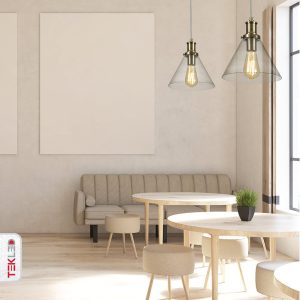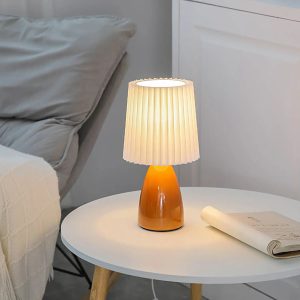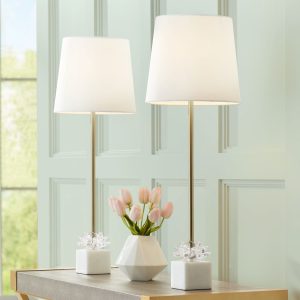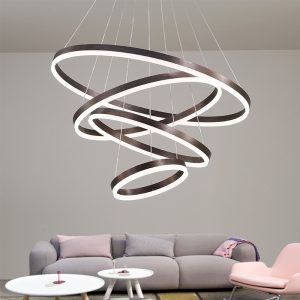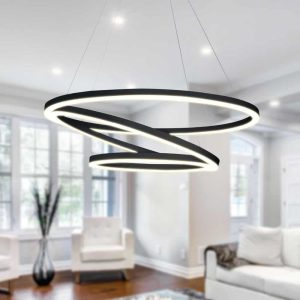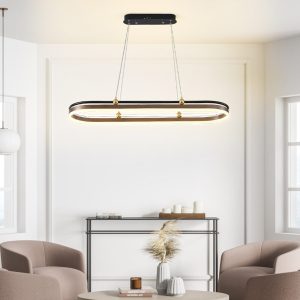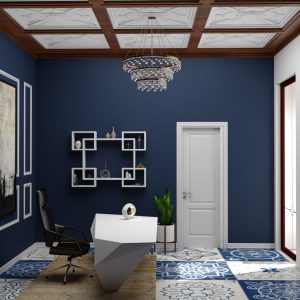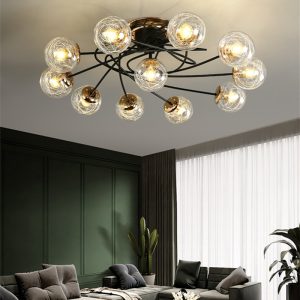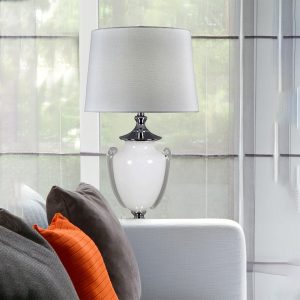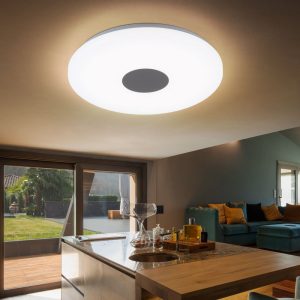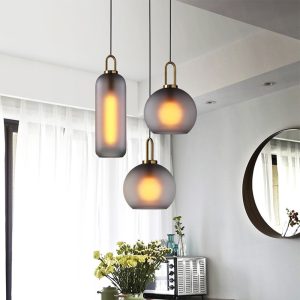Introduction
Wabi Sabi is a Japanese aesthetic philosophy that centers around the beauty of imperfection and impermanence. It developed in the 16th century as part of the tea ceremony culture and has since become a widely recognized concept in Japan and beyond. One of the key elements of Wabi Sabi is the use of materials that embody the qualities of the aesthetic, which include simplicity, naturalness, and irregularity. In this article, we will explore the significance and characteristics of Wabi Sabi materials, and how they reflect the broader philosophy of Wabi Sabi.
Wabi Sabi Materials: An Overview
Wabi Sabi materials are characterized by their roughness, asymmetry, and humble appearance. They embrace natural variation and decay, with a focus on the beauty found in imperfection. Some examples of Wabi Sabi materials include:
- Bamboo: With its natural variations and rough textures, bamboo is a popular choice in Wabi Sabi design.
- Wood: Wabi Sabi celebrates the natural grains and knots found in wood, as well as the patina that develops over time.
- Clay: The irregular shapes and natural textures of handmade clay objects reflect the Wabi Sabi aesthetic.
- Stone: Wabi Sabi celebrates the rough and irregular textures found in natural stones.
- Paper: The texture and translucency of washi paper are prized in Wabi Sabi, as are the natural wrinkles and creases that develop over time.
The Philosophy of Wabi Sabi and its Influence on Materials
At the core of Wabi Sabi is the idea that there is beauty to be found in imperfection, transience, and incompleteness. These qualities are reflected in the materials used in Wabi Sabi design, which are often humble and imperfect, yet deeply authentic and imbued with the spirit of nature.
For example, a Wabi Sabi wood bowl may have knots, cracks, and natural variations in grain, but it is these imperfections that give it character and make it unique. Similarly, a Wabi Sabi ceramic vase may have irregular shapes and textures, but it is these imperfections that make it human-made and imbued with the spirit of its creator.
Wabi Sabi materials also reflect the appreciation of the transience of life. Many materials used in Wabi Sabi design, such as wood and paper, will naturally age and develop a patina over time. Rather than being discarded or replaced as they age, they are celebrated as evidence of the passage of time and the impermanence of all things.
The Role of Wabi Sabi Materials in Contemporary Design
Although rooted in Japanese tradition, the Wabi Sabi aesthetic has become increasingly influential in contemporary design around the world. This is particularly true in fields such as architecture, interior design, and product design, where a focus on sustainability and the natural world has become increasingly important.
Wabi Sabi materials offer a way to bring a sense of warmth, authenticity, and naturalness to contemporary design. By embracing imperfection, they can help to create spaces that feel human and grounded, rather than sterile and perfectionist. By using materials that are locally sourced and sustainable, designers can also create spaces that are ecologically conscious and in tune with their surroundings.
Conclusion
Wabi Sabi materials are an important part of the broader Wabi Sabi aesthetic philosophy. By embracing imperfection, irregularity, and transience, they offer a way to connect with nature and celebrate the beauty of authenticity. Whether used in traditional or contemporary design, Wabi Sabi materials have the power to add warmth, character, and depth to spaces, while also reminding us of the impermanence of life and the importance of staying connected to the natural world.

